If you’re interested in going green when it comes to building your new luxury home, you’re in good company; research shows that 61% of consumers are interested in sustainability and environmentally-friendly home features. But what are the real benefits of creating an energy-efficient house, what role does insulation play in energy-efficiency and what other elements should you consider when building an energy-efficient house? We’ll explore the answers to those questions—and more—below.
Energy Efficient Home Benefits
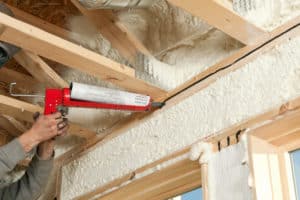
A construction worker is applying butyl sealant caulk to a gap between two window header boards at a house construction site. This is an optional measure to increase energy efficiency. The wall cavities have been sprayed with expandable foam insulation. In this home all of the board joints will be sealed with this caulk.
There are a number of benefits to building an energy-efficient luxury home. Not only will you be able to save money on your energy costs, but you will also enjoy:
- Quality: Building an energy-efficient house is an investment in not just better quality materials and equipment, but in your home’s long-term performance. By focusing on energy efficiency, you can feel confident that you’re receiving a superior level of quality.
- Comfort: An energy-efficient home literally looks, sounds and feels different than regular homes. You won’t feel cool drafts or hear the rattling of a furnace, but what you will feel are consistent temperatures, a lack of allergens in the air and an overall more comfortable environment.
- Value: Lower ongoing utility and maintenance costs are not only a good deal for you as the homeowner, but are likely to make your home more attractive to home buyers should you decide to sell in the future.
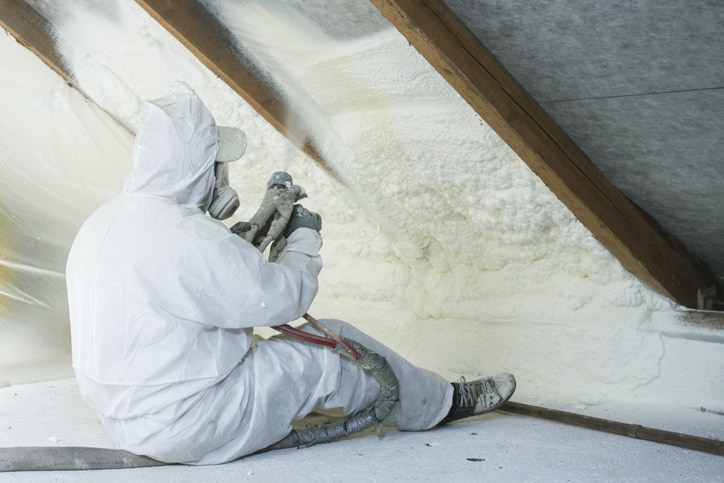
Energy Efficiency: Choosing Insulation
When you think of energy-efficiency, do you automatically think of insulation? You’re not alone. Installing the right insulation is one of the best ways to ensure your home is as energy-efficient as possible. And according to Orren Pickell Building Group provider Astro Insulation, there are four primary factors homeowners should take into consideration when it comes to choosing the right insulation.
- Performance: Will the insulation you select meet your home’s energy efficiency needs?
- Installation method: Are you better off with insulation that is applied to the structure or with insulation that is integrated into the structure itself?
- Material characteristics: Do you prefer to use insulation that makes use of recycled content or bio-based content, and how will your choice impact your efficiency?
- Cost: Keep in mind not only the cost of the material but of installation and any additional work necessary to ensure thermal material performance is similar.
Types of Insulation
There are a number of different types of insulation available, and different insulation materials as well. To achieve the greatest energy efficiency, your energy-efficient home builder and insulation provider should suggest which materials and types are best for different areas of your home. Types of insulation include:
Ecobatts and rolls/blanket insulation: Most often seen in attics and areas that are free of obstructions, ecobatts and rolls insulation are similar to a blanket. Laid flat and nestled between beams, joints and studs, insulation of this type is ideal for ceilings, floors and unfinished walls.
Reflective insulation: In warmer areas where cooling your home is an issue, reflective insulation can often help save on energy costs by reflecting the sun’s heat rather than absorbing it. You typically see reflective insulation under the roof in attic ceilings. Like roll insulation, reflective insulation is fitted between beams, joints and studs.
Foam or rigid board insulation: Typically only found when a home is being built—not when making energy-efficient home improvements—foam or rigid board insulation provides an extra layer of insulation for unvented roofs and unfinished walls. Foam board insulation is usually made out of polyurethane and because of its rigid nature, needs to be installed as construction is occurring. Panels can be cut in different thicknesses and width.
Loose-fill or blown-in insulation: Used in both new home builds and re-insulation scenarios, loose-fill insulation is one of the most common types of insulation today. Your insulation provider will use special equipment to literally “blow in” insulation into wall cavities and other areas that are difficult to reach.
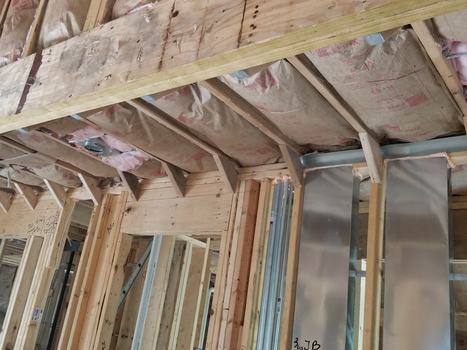
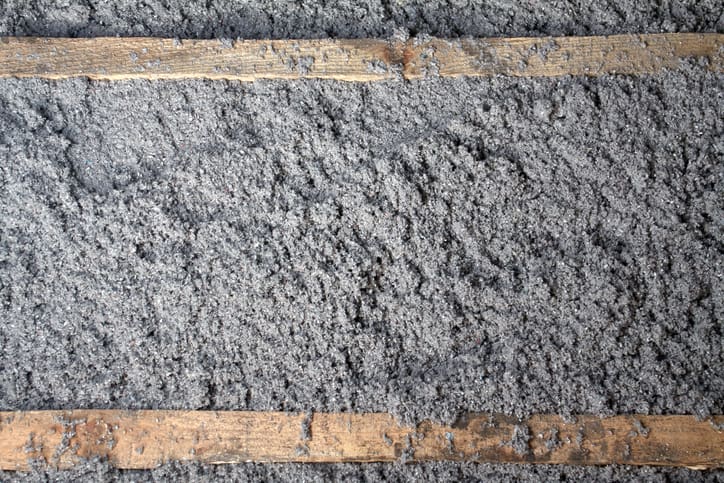
Insulation Materials
In addition to being available in several different types, insulation is also made from a variety of materials. The two types most commonly used in homes are cellulose insulation and fiberglass insulation.
Cellulose Insulation
Comprised of up to 80% recycled material—making it one of the most environmentally-friendly types of insulation—cellulose insulation is typically made of shredded bits of newspaper. Wet-spray cellulose insulation is usually installed in new build homes when applying cellulose to the new wall structure; the cellulose is mixed with water and a moisture retardant (and sometimes an adhesive) because it prevents the need for temporary retainers to keep the cellulose from stacking. Additionally, low-dust cellulose insulation is now available for applications where sensitivity may be an issue.
Fiberglass Insulation
The typical fluffy pink insulation most people think of when they hear “insulation,” fiberglass insulation is comprised of small glass fibers that simply trap the hot air. And fiberglass insulation comes in both rolls and blow-in applications, making it a great choice for a variety of areas.
Energy Efficiency Requires a Holistic Approach
Optimal energy efficiency goes beyond having the right insulation; it’s about looking at every system and element that will go into your new home and ask if it can be made more efficient. This includes:
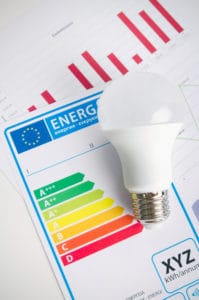
Water heating: In many homes, water heating offers the second-highest opportunity for efficiency improvement. Tankless water heaters—which supply on-demand hot water rather than constantly storing and heating it in a large tank—may be a good choice for increasing your home’s efficiency.
Appliances: Focus on selecting appliances that have received an ENERGY STAR certification by the US Environmental Protection Agency, as these are independently certified to save energy and money and protect the climate. From your refrigerator and dishwasher to your big screen television, selecting energy-efficient appliances and products for your home can help increase your overall efficiency.
Lighting: Another potential area of energy savings is in your new home’s lighting. Take advantage of any natural light that comes into your home, and use energy-efficient LED bulbs wherever possible. Today’s LED bulbs are available in a variety of tones, from stark bright white for task lighting to warmer, soft white perfect for accent lamps and mood lighting, so you’re certain to be able to find the lighting that best suits your needs while remaining energy-efficient.
Doors and Windows: Much of your energy savings can literally go out the window if you don’t properly address your literal windows; after all, they are literally like “holes” within your otherwise insulated home. Insulated doors and windows can help enhance your energy efficiency, keeping air from leaking out or getting in.
Air-Sealing: Although this may be one of the lesser-known ways to achieve energy efficiency, the most efficient homes utilize air-sealing, meaning that they are built with a continuous barrier that effectively “wraps” the home, sealing off any visible or invisible gaps in the structure. Depending on your needs and your budget, this can be achieved with traditional construction materials or via proprietary systems designed specifically for the task.
Informed Decisions Create an Energy-Efficient Home
Clearly, there are a number of benefits to building an energy-efficient luxury home, from ongoing cost savings to greater comfort and quality and potentially higher resale value. And choosing the right insulation for your home is a good place to start thinking about energy efficiency. But don’t stop there—to achieve optimal energy efficiency, it’s imperative that you consider all of your home’s systems and elements, from your front door to your refrigerator and the type of bulbs you use in your bedside lamps. By making informed decisions at every step of the process, you’ll be well on your way toward creating the beautiful and energy-efficient luxury home of your dreams.






